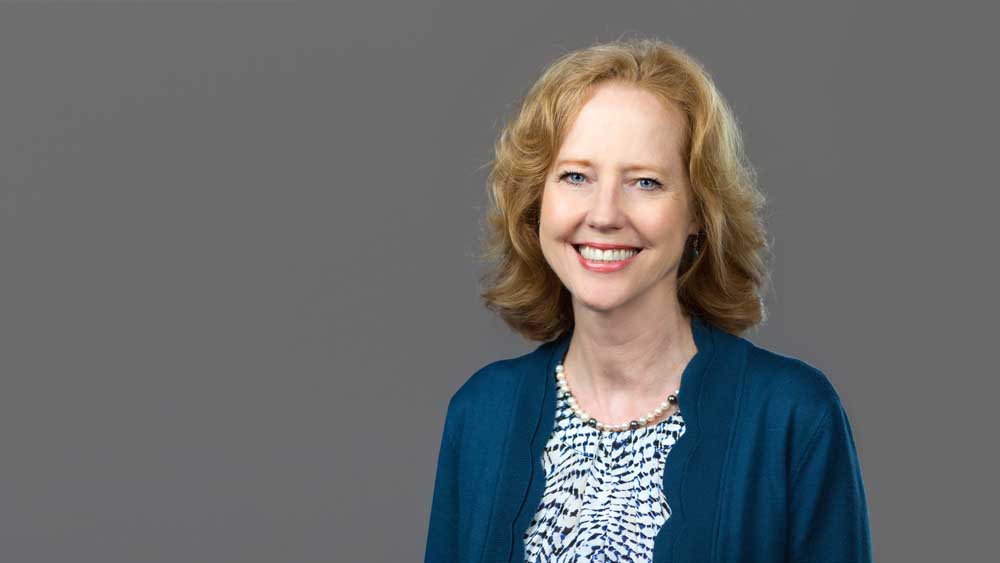Franks: Make wise giving decisions when disasters strike
Published 5:10 am Sunday, September 15, 2024

- Dawn Franks
Here we are, in the middle of hurricane season, June 1 to Nov. 30. Whether it’s a storm in the Atlantic or the Eastern Pacific, August and September seem the most threatening. We become more watchful in East Texas as hurricanes travel from the North Atlantic Basin to the Gulf Coast.
Last month, Hurricane Debby hit the Southeastern U.S., triggering up to fifteen inches of rain in South Carolina. And, as we know well, the secondary danger in our neck of the woods is tornadoes. In Hurricane Debby’s case, she spawned twelve tornadoes from North Carolina to Pennsylvania in one day.
Hurricane Beryl hit us in July, the earliest forming Category 5 hurricane on record, breaking many meteorological records for forming and intensity. In Texas, we experienced severe flooding and wind damage and 36 casualties in the Houston area.
Most of us haven’t forgotten the impact of Hurricane Katrina on Aug. 29, 2005, since we live in a part of Texas that was a significant part of the disaster response.
Almost three years ago, the Polynesian Island of Tonga experienced a volcanic eruption followed by a tsunami that produced the strongest atmospheric blast on record. Registered by satellites as it traveled upwards of 500 mph across the Pacific Ocean, it threatened the California coast. Despite its intensity, casualties were low in Tonga, with only four deaths and 19 injuries, and others reported missing.
Disasters threaten us from all sides. Hurricanes, tsunamis, tornadoes, and earthquakes wreak havoc on communities, businesses, organizations, and families. The face of disaster – the impact on individuals, moves us to give. We want to respond and help in some way.
Knowing where to give safely is important to ensure our gifts count, whether in our own country or elsewhere. The question we face is what’s the best way to help. And it is especially hard to know what to do when a disaster occurs in another country.
Organizations like the American Red Cross and Samaritan’s Purse respond worldwide. Their organizations are large, well-equipped, experienced in disaster relief, and know how to deploy volunteers to make a difference.
International giving to disaster relief can be extremely challenging. Moved by the media images of devastated families and businesses, we look for a place to plug in and help. Sometimes, giving to large national disaster relief organizations is exactly the right thing to do.
What about local organizations in the community or the country that know and understand the customs and challenges of low- to moderate-income families, mom-and-pop businesses, schools, and places of faith? How can we safely contribute and improve their ability to serve the communities where they live and work?
One example of a local organization is the Salvation Army near you. Community-based and well-versed in caring for those in crisis, they can often be a good option when the disaster is close. Also, your local Red Cross Chapter is always ready to respond to local disasters, with disaster trained staff and volunteers.
When donors think about large gifts to address disasters and even recovery work, knowing where to gather additional information can be helpful. Here are a couple of suggestions to check out.
The Disaster Accountability Project (DAP) operates Smart Response.org, which identifies disasters worldwide and local organizations working to address the needs of the victims. It was founded in 2007, two years after Hurricane Katrina, by Ben Smilowitz, who witnessed firsthand the failures of the response. Shortly after the devastating Haiti earthquake, Smilowitz established the Relief Oversight Initiative to improve the efficiency and coordination of humanitarian aid. Web address: http://disasteraccountability.org/
The Center for Disaster Philanthropy (CDP) tagline describes them well, “The when, where and how of informed disaster giving,” They start with donors and focus their attention on strategies to increase donor impact “during domestic and global disasters and humanitarian crises.” Especially important: they have an emphasis on medium and long-term recovery. CDP manages various funds for different kinds of disasters and areas of the world. Web address: https://disasterphilanthropy.org/
These resources help us make wise decisions about disaster giving. When it’s in our backyard, our decision-making is easier and quicker. Information and resources improve our aim to give well and do it with confidence.






